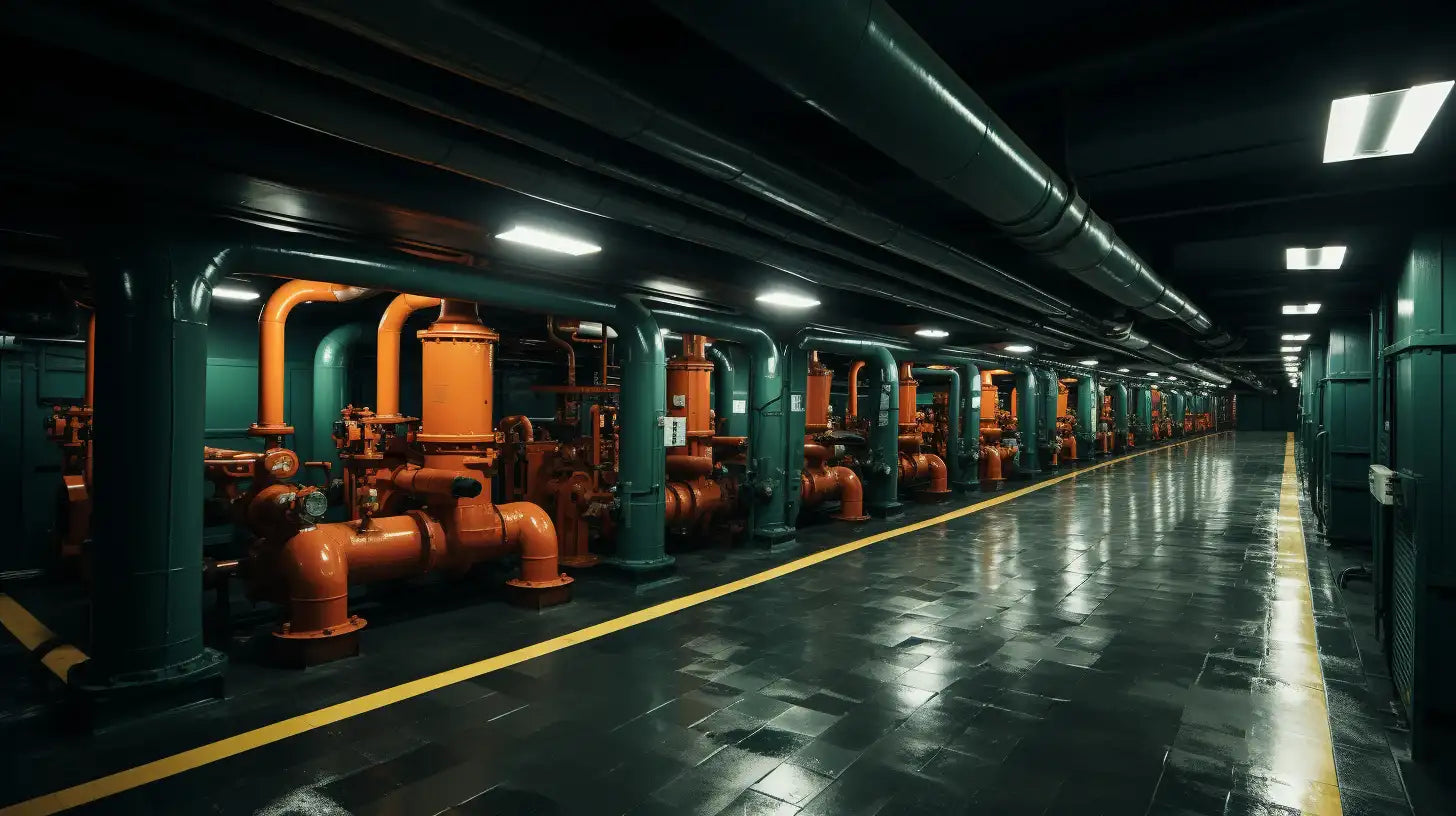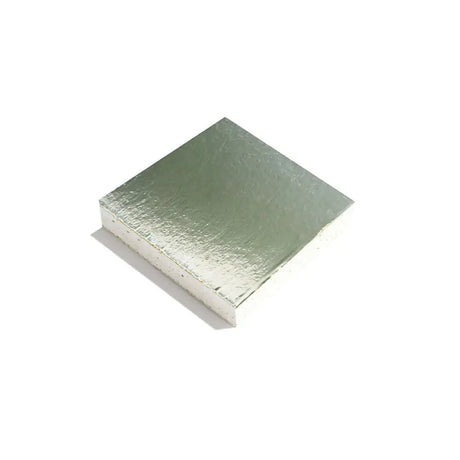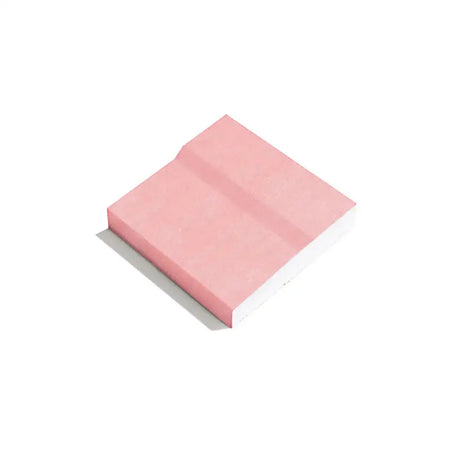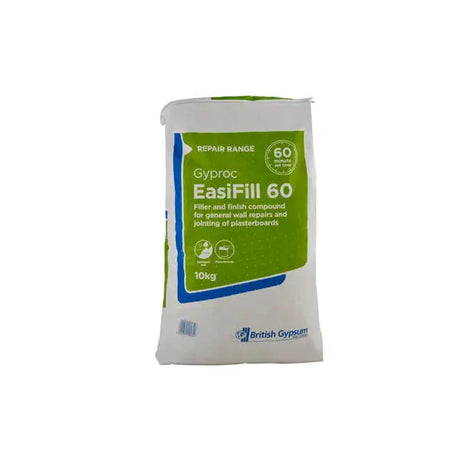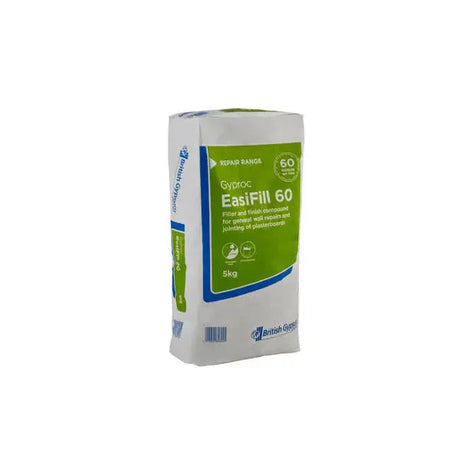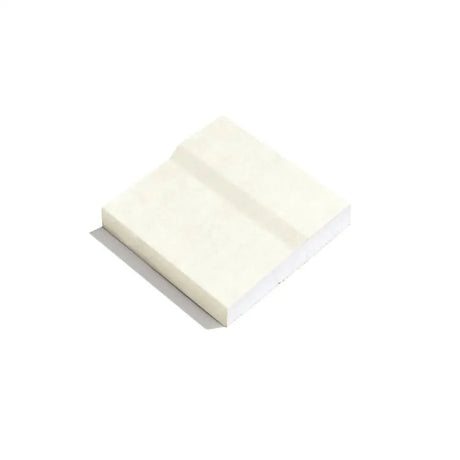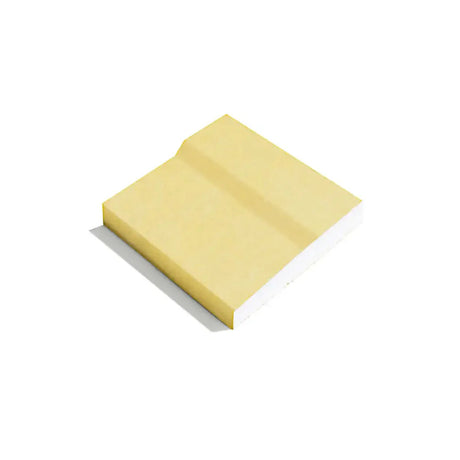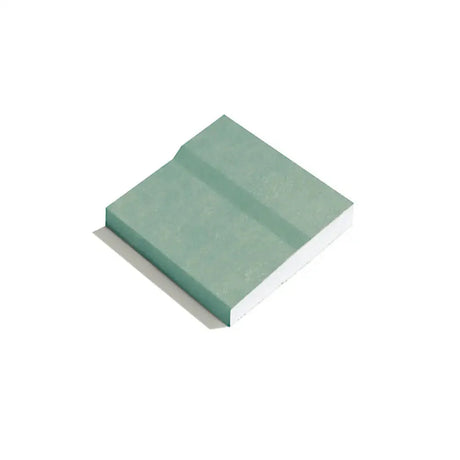The focus of this piece is on the prescribed minimum insulation thicknesses as per BS5422:2009, explicitly for Rockwool Rocklap H&V Pipe Sections. BS5422:2009 offers guidelines on the minimal insulation thickness necessary to prevent condensation under specific conditions in the context of thermal insulation specification for chilled and cold water copper pipe systems in HVAC applications. HVAC designers, consultants, and specifiers can utilize this information when determining insulation needs for chilled water copper piping.
Overview of BS5422:2009
BS5422:2009 is the key industry standard used in the UK for determining and specifying the requirements for thermal insulating materials for pipes, tanks, vessels, ductwork and equipment operating between -40°C to +700°C.
The standard was updated from the previous 2001 version to the current BS5422:2009. A major change was switching from using minimum thicknesses to recommended 'practical limits' for all applications. For HVAC systems, it specifically references the guidance published by TIMSA on meeting the insulation requirements of Part L of the UK Building Regulations.
The standard contains a range of tables with insulation thickness recommendations for different system types and design parameters. It is not meant to be prescriptive, but rather provides a comprehensive reference source for specifiers to select appropriate thicknesses based on their particular situation.
ROCKWOOL Rocklap H&V Pipe Section and BS5422:2009
| Outside diameter of copper pipe on which insulation has been based (mm) | Temperature of Contents (°C) | |||||
| Temperature of ROCKWOOL Rocklap H&V Pipe Section (mm) | ||||||
| +10 | +5 | |||||
| Calculated thickness (mm) | Advised thickness (mm) | Calculated thickness (mm) | Advised thickness (mm) | Calculated thickness (mm) | Advised thickness (mm) | |
| 10 | 14 | N/A | 19 | N/A | 24 | N/A |
| 12 | 15 | N/A | 20 | N/A | 25 | N/A |
| 15 | 16 | N/A | 22 | N/A | 27 | N/A |
| 22 | 18 | 20 | 24 | 25 | 30 | 30 |
| 28 | 19 | 20 | 26 | 30 | 33 | 35 |
| 35 | 20 | 20 | 28 | 30 | 35 | 35 |
| 42 | 21 | 25 | 29 | 30 | 37 | 40 |
| 54 | 23 | 25 | 32 | 35 | 40 | 40 |
| 76 | 26 | 30 | 36 | 40 | 46 | 50 |
| 108 | 29 | 30 | 40 | 40 | 51 | 60 |
Key Details
The table provides the minimum insulation thickness needed for chilled and cold water copper pipes to prevent condensation forming on the outside of the insulated pipe.
It assumes standard conditions of an ambient temperature of 25°C and a relative humidity of 80%. The outer surface of the insulation system is also assumed to have a low emissivity of 0.05.
Thicknesses are given for common copper pipe sizes ranging from 10mm diameter up to 108mm diameter. Three chilled water temperatures are included: +10°C, +5°C and 0°C.
For each pipe size and temperature, the calculated minimum thickness is provided along with a recommended minimum thickness to select for specifications. This allows for a small safety margin.
Specifying Rockwool Rocklap H&V Pipe Sections
The recommended minimum insulation thicknesses as provided by Rockwool directly correspond to the thickness range of Rocklap H&V Pipe Sections manufactured by Rockwool.
This stone wool pipe insulation product is commonly used to insulate chilled water pipework in HVAC systems due to its excellent thermal performance, durability, and ease of installation.
Rocklap H&V Pipe Sections come supplied as preformed curved sections with an outer facing of reinforced aluminium foil. The sections can be quickly snapped and sealed around straight pipe runs for fast installation. The foil facing provides a low emissivity surface to minimise radiation heat transfer.
The table indicates the specific Rocklap thickness that should be specified and installed for a given pipe size and chilled water temperature in order to prevent external condensation forming.
For example, for a 28mm diameter chilled water pipe operating at +5°C, Rockwool specifies that 30mm thickness Rocklap H&V Pipe Sections should be used as a minimum. This will limit the surface temperature to stay above the dew point.
By following the recommendations in the table, HVAC designers can have confidence they are specifying an appropriate thickness of Rockwool pipe insulation that will control surface condensation for a given application.
Design Considerations
When using the table data to specify Rockwool products, some important design factors should be noted:
- The data is only valid for the stated ambient temperature and humidity levels. Higher temperatures or humidity may require increased thickness.
- Other design criteria such as limiting heat gain/loss may require different thicknesses.
- Emissivity depends on outer surface finish - a bright shiny metallic finish could need increased thickness.
- System type and geometry can impact required thickness - such as straight/bend, horizontal/vertical.
- Oversizing insulation thickness provides an extra safety margin against condensation risk.
The manufacturer provided specifications should therefore not be used in isolation - consulting other relevant BS5422 tables and getting technical guidance from Rockwool can ensure all design factors are considered.
Conclusion
The BS5422:2009 offers a valuable reference source for specifiers to determine the minimum insulation thickness needed for chilled water copper pipes based on common system parameters.
By matching the recommended thicknesses to Rockwool's Rocklap H&V Pipe Sections product range, condensation can be reliably prevented for many typical HVAC applications. However, care must be taken to consider other design factors not covered when selecting an appropriate insulation thickness for a specific project.
With its excellent thermal properties and range of solutions, Rockwool can advise on the optimum insulation thickness and products for HVAC pipework systems to limit heat loss, prevent condensation, and achieve a long service life.

